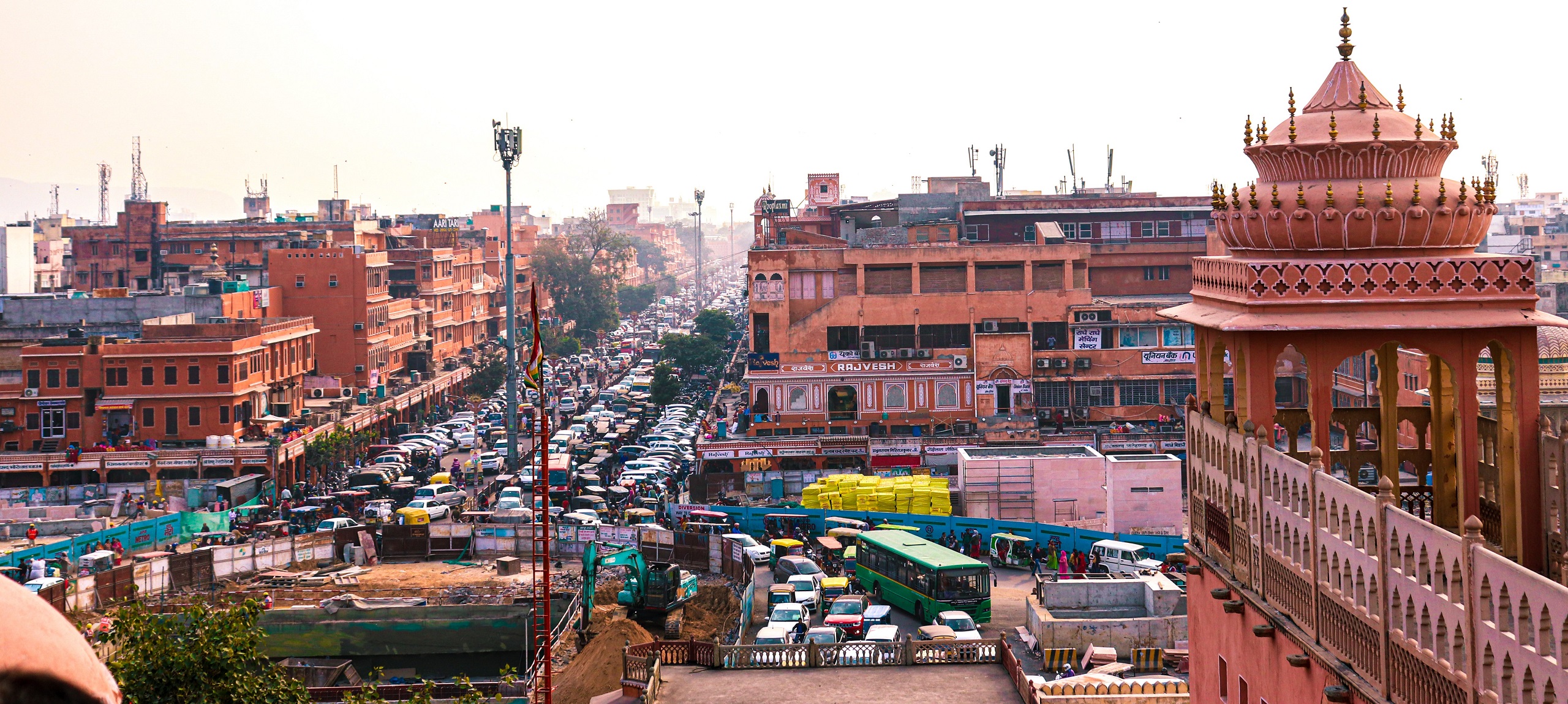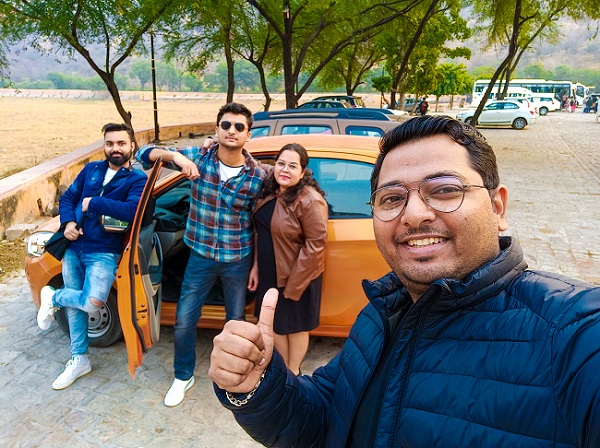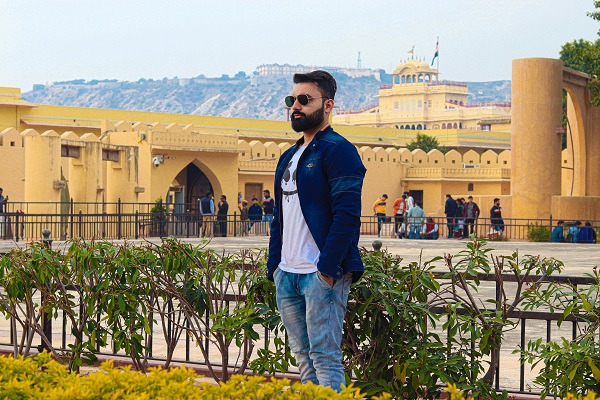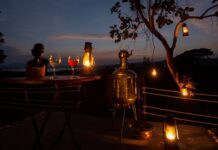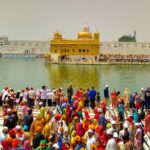Introduction:
Jaipur is one of the most popular cities in India, which is not only the capital of Rajasthan but attracts tourists throughout the year with its beauty and delicious food. If you’re fond of the immense wealth of history, heritage, art, and culture then this heritage city is perfect for you. The city is also popular for destination weddings.
If you are in Jaipur and have returned home without seeing the sensuous folk dance of a Rajasthani tribe, whose name is Kalbeliya then your journey is incomplete. According to Kalbelias, this dance is done to celebrate a joyous occasion. The unique graceful moves & swirls of this dance make it even more eye-catching and appealing. The first time when I saw it in Amer fort, I couldn’t keep my eyes away from the unique steps of Kalbeliya.
The city of Rajputs has royalty in every aspect. If you’re in such a royal city situated between the bumpy hills and the surrounding walls, buzzing with colorful roads, chaotic markets, and tourists, it becomes an unforgettable experience. Jaipur, the heart of Rajasthan is also called the Pink City of India.
Have you ever thought about why Jaipur is called the pink city of India? Since the pink color reflects hospitality, Maharaja Ram Singh, the king of Jaipur painted the entire city in pink to honor the Prince of Wales and Queen Victoria in 1876.
Have you heard of the Golden Triangle? Along with Delhi and Agra, Jaipur is part of the Golden Triangle, where one can feel the essence of the royal aura.
The pink color makes this city very romantic and beautiful. The heritage city is popular for its ancient forts, exquisite restaurants, delicious cuisines, elegant charms, historic markets, lavish decorations, and much more. Therefore, the city is perfect for lovers and honeymoon couples to cherish the moments of love and coming together.
I have shared my fascination with each place that you should visit. If you are heading to Jaipur, all of my blogs on Jaipur would surely be helpful to you. My personal opinion is to travel for at least 3 days without too much congestion.
I recently visited the magnificent Pink City. If I want to summarize my trip in one word then I must say it was simply incredible. By the way, I had no plans to explore this beautiful city because I was suffering from a serious injury. But if you are fond of exploring new places then no one can stop you. I returned to the office after 25 days. One day, I unexpectedly got a call at night from the office and got a chance to go to Jaipur. I said yes to my boss because great trips are always unplanned.
Although I’m a travel blogger, I couldn’t say no to this golden opportunity. I gathered my things & packed my bags for the trip. The next day I did the office work from home until the afternoon. I was very excited about the Jaipur road trip because road trips are the best part of everyone’s life & give you a lot of memories.
My Jaipur Journey:
By evening we started our surprising journey towards the pink city Jaipur around 6 pm. The distance from Noida to Jaipur is about 291 km via NH 48. It took 2.5 hours from Noida to Gurgaon due to traffic bottlenecks. So avoid going by Delhi or Noida during peak traffic hours. After 7 hours of journey, we reached the city of Rajputs around 1 am. We stayed in the hostel “Go Stops“, which we had already booked. If you’re on a budget trip or even solo, you can stay in hostels. It was also my first experience and I can proudly say that it was awesome because you come to meet new people with whom you can connect and share your travel stories.
The next morning, we started off to explore the pink city.
Best Time to visit Jaipur:
The best time to visit Jaipur is between September & April because, in summers, the temperature of Jaipur is extremely hot. It goes up to 45’. I was lucky to have visited this city in winters when the temperature was not much colder than in the north.
There are many places to visit here. But my topmost priorities were: Jantar Mantar, Hawa Mahal, Jal Mahal, Amer Fort, Nahargarh Fort, Albert Hall & historical market i.e. Johari Bazaar. I can’t write enough about the beauty of places just in a single blog. Therefore, I am starting off with my experience at Jantar Mantar.
Jantar Mantar:
Jantar Mantar in Jaipur is famous for being the tallest sundial in the world. It is an astronomical observatory used to calculate the time & movement of the celestial bodies. If you are fond of exploring history like how the old kings used to predict time from planetary moves when clocks were not invented, then you must visit this place.
Jantar Mantar Jaipur consists of 19 large instruments with unique objectives. Amidst all this, the Samrat Yantra is the most important and largest sundial in the world. Jantar Mantar is an excellent place because astrological science is always on the top in all domains. The architectural wonder of the world has gained worldwide popularity.
The best time to visit this place is when the sun is right above your head so that you can note down the readings of the instruments well and understand them thoroughly.
If you really want to understand all the instruments means how they work exactly then you need enough time but I did not have enough time to understand it. So, make your plan accordingly.
How to Reach Jantar Mantar:
Jantar Mantar is located in the center of the city. Jantar Mantar, City Palace, and Hawa Mahal are all within walking distance from each other. We parked our car in the City Palace parking lot. Do not take the guide at all. Just park your car and see all three locations simultaneously.
If you do not have a car, you can hire a tuk-tuk (e-rickshaw) to visit all the places that are interconnected. They will charge you only 200 rupees for four persons.
Entry Ticket Rates:
The entry fee of Jantar Mantar is just Rs 50 for Indians and Rs 100 for foreigners. It is Rs 15 for an Indian student and Rs 100 for a foreign student. So, if you’re a student please bring your valid student ID card.
Composite tickets are also available which is 300 Rs for Indians & 1000 Rs for foreigners. It is Rs 40 for an Indian student and Rs 200 for a foreign student. We took the composite tickets because nobody wants to stand in a long queue every time before entering the beautiful place.
Besides this, the composite ticket is valid for 2 days & in which you can visit 8 places i.e. Jantar Mantar, Hawa Mahal, Albert Hall, Amer Fort, Isarlat, Nahargarh Fort, Sisodia Rani Baag & Vidhyadhar Baag.
You can visit this UNESCO World Heritage site from 9 am to 4:30 pm on all seven days of the week.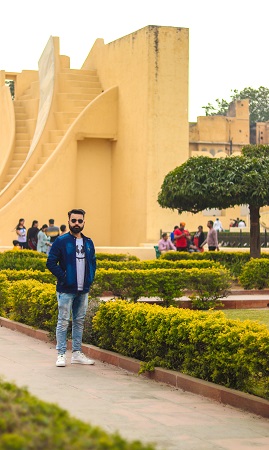
Additionally, have you heard about Jal Mahal Palace Jaipur, which is situated in the middle of Man Sagar Lake?
Historic Significance of Jantar Mantar:
Jantar Mantar was built between 1724 and 1734 by Maharaja Sawai Jai Singh II, who was fascinated by the movement of celestial bodies from a very young age. The main motive to build the observatory wasn’t only just to tell the time but also to check the planetary positions so that Maharaja could accurately his predictions.
There are also other major attractions of Jaipur to explore. With my every post you can easily plan your trip to Jaipur.
Stay tuned for more Jaipur blogs!!
To be continued…

